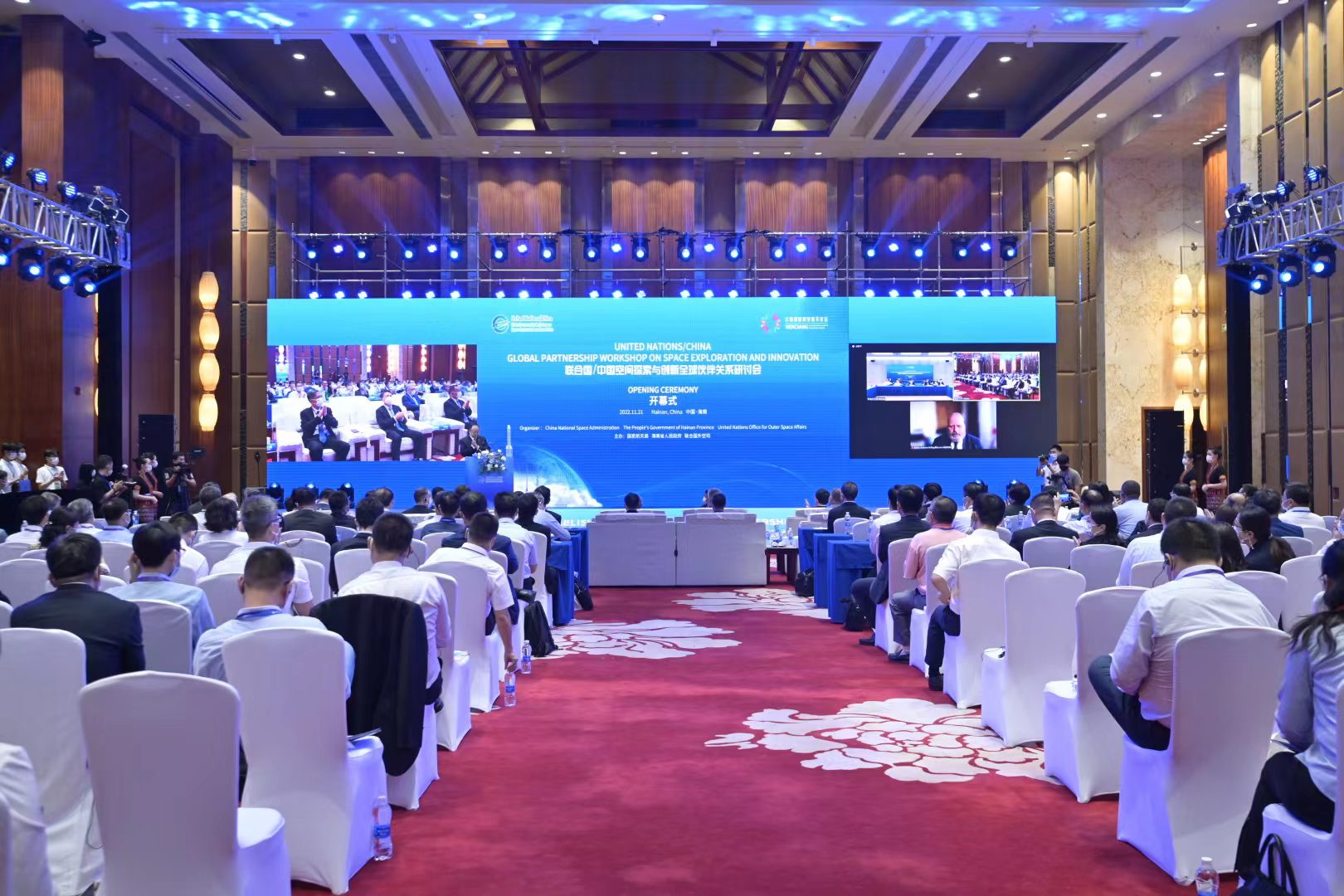 China plans to build a base on the moon by 2028, ahead of landing astronauts there in subsequent years. The lunar base will likely be powered by nuclear energy, Caixin reported. Its basic configuration will consist of a lander, hopper, orbiter and rover, all of which would be constructed by the Chang’e 6, 7 and 8 missions.
China plans to build a base on the moon by 2028, ahead of landing astronauts there in subsequent years. The lunar base will likely be powered by nuclear energy, Caixin reported. Its basic configuration will consist of a lander, hopper, orbiter and rover, all of which would be constructed by the Chang’e 6, 7 and 8 missions.
“Our astronauts will likely be able to go to the moon within 10 years,” Wu Weiran, chief designer of China’s lunar exploration programme, said in an interview with state broadcaster CCTV. Nuclear energy can address the lunar station’s long-term, high-power energy needs, he explained.
China has in recent years, sent probes to the moon, and is building its own space station and setting its sights on Mars. In 2019, China became the first country to land a rover on the far side of the moon, and later brought back its first lunar samples. The base is intended to be the first outpost on the moon’s south pole, an area scientists think is the best place to find water. US Nasa is also targeting that part of the moon. China aims to eventually expand the base into an international research station.
Wu Weiran noted: "We are now developing a new system that uses nuclear energy to address the moon station's long-term, high-power energy demands." The power generated by nuclear energy will be used to generate oxygen, operate instruments and other things such as to extract water.
The China National Space Administration (CNSA) announced its latest lunar exploration mission updates during the 2022 United Nations/China 2nd Global Partnership Workshop on Space Exploration and Innovation, in Haikou, capital city of China's southern island province of Hainan. China said it welcomes international partners to participate in its space exploration projects and hopes to encourage strategic communication to involve more developing countries.
"The new generation of the manned rocket for lunar landings and the lunar lander that China is currently developing will have enhanced functionality with higher reliability. It can send three astronauts into lunar orbit and allow two astronauts to land on the Moon," Zhou Jianping, chief designer of China's manned space programme, told the conference.
Image: China announces an action statement to promote a new global partnership for space exploration and innovation (courtesy of China National Space Administration)



